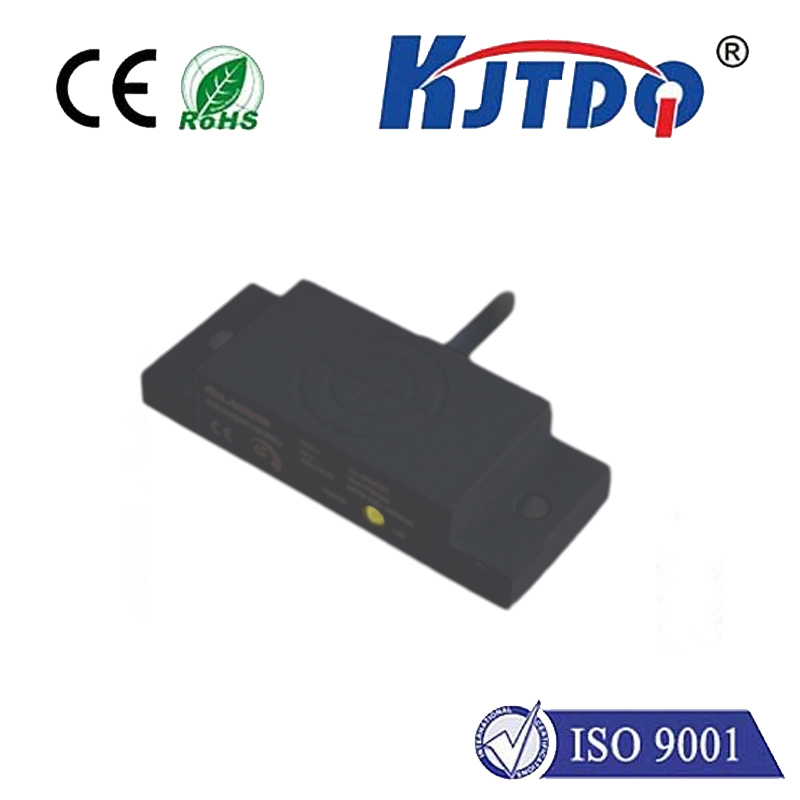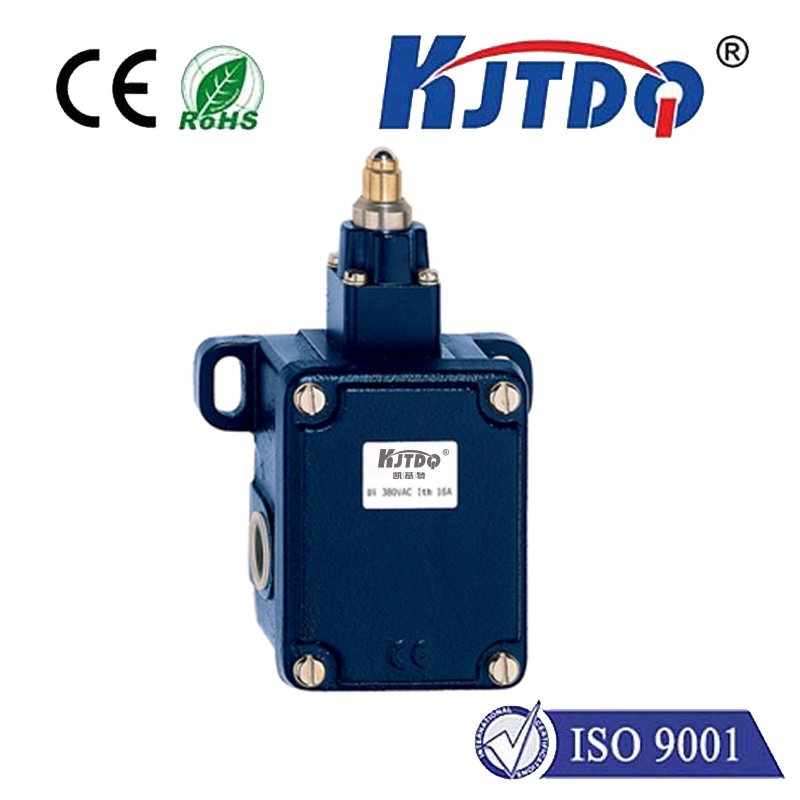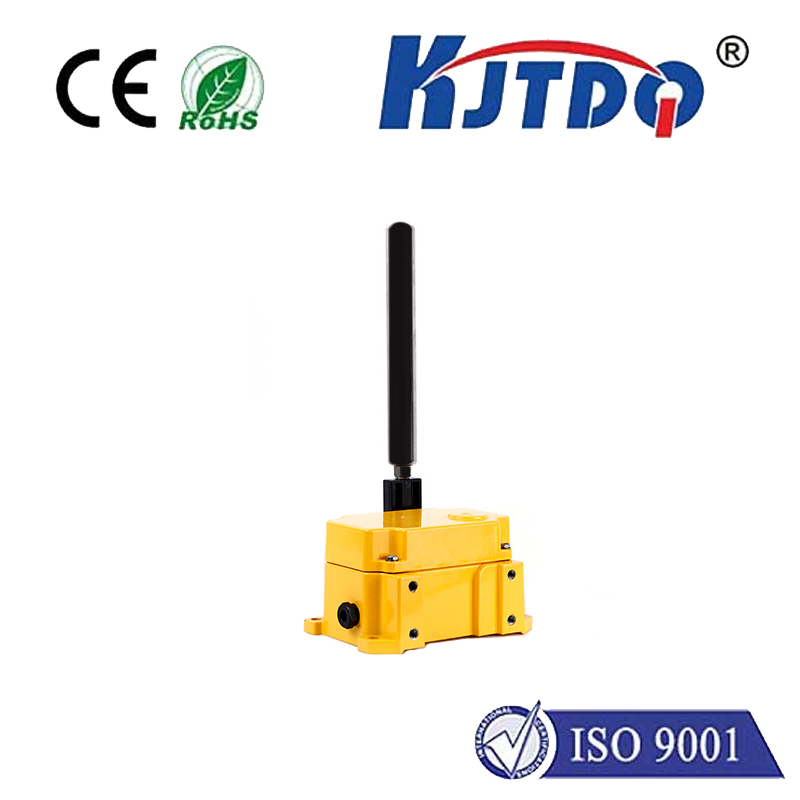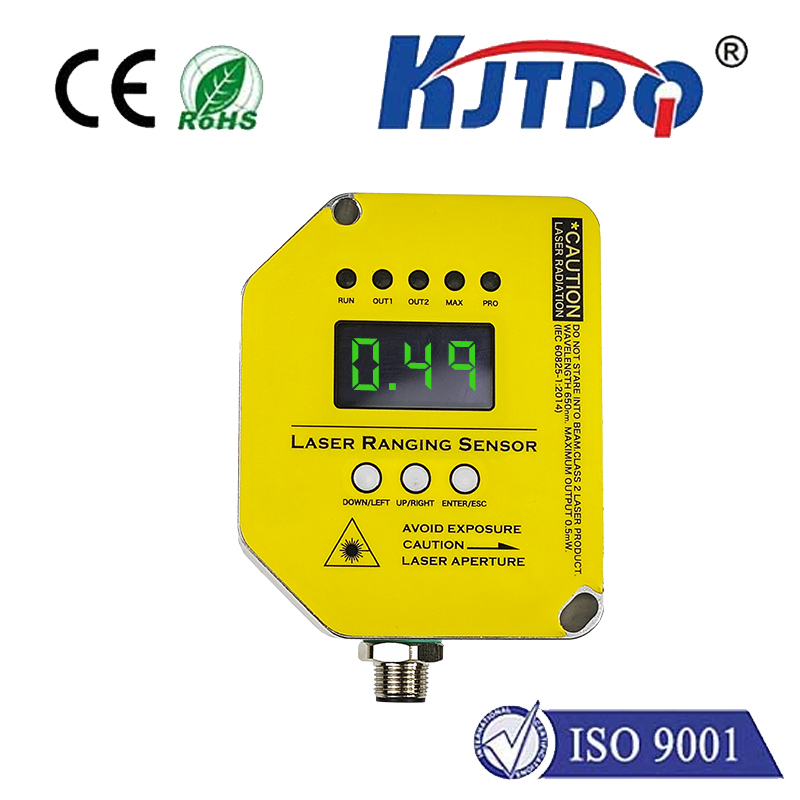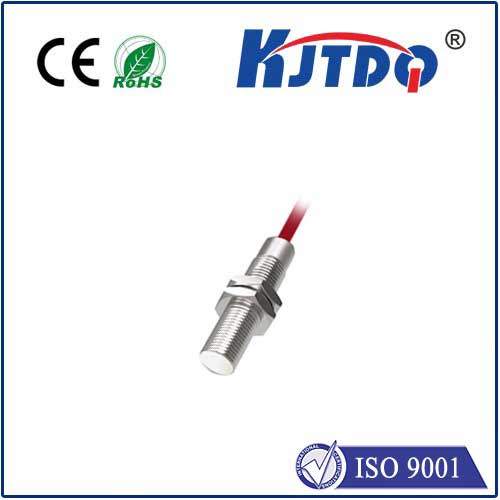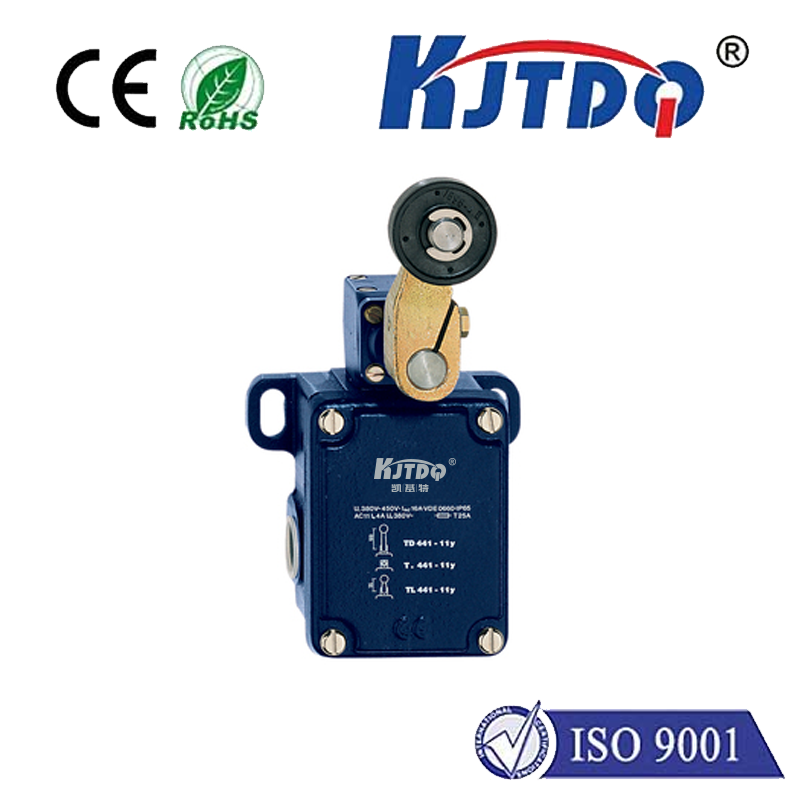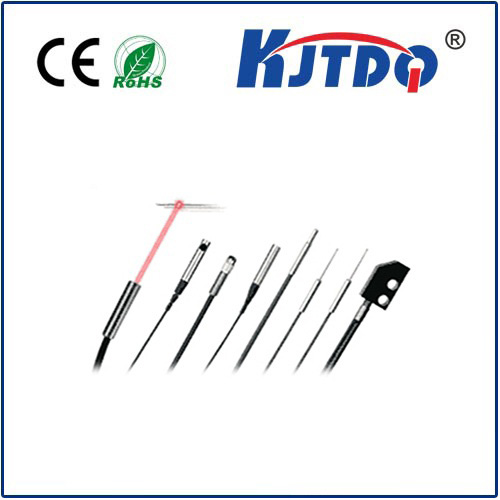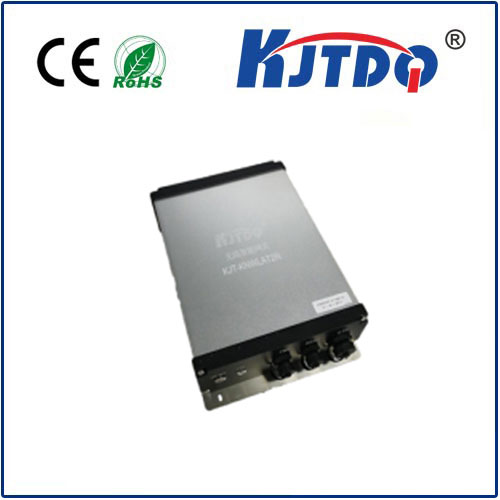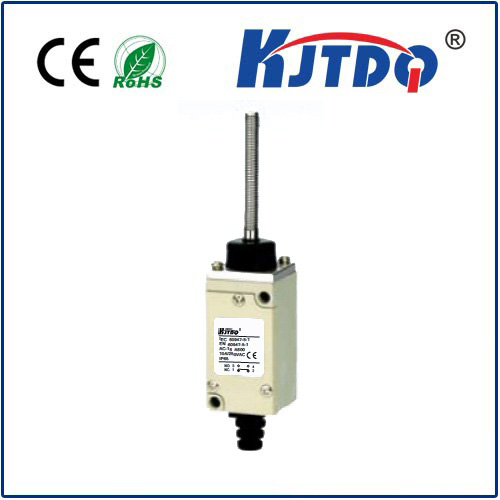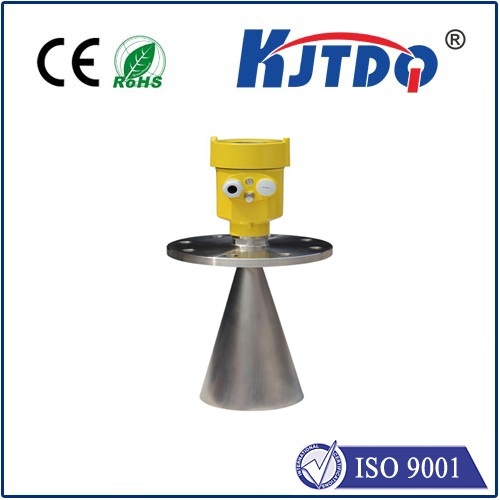In the intricate world of industrial automation, where milliseconds matter and accuracy is paramount, the humble photoelectric sensor stands as a silent guardian. Choosing the wrong one can lead to jams, misfires, and costly downtime. Enter the E3FB-LN12 2M Background Suppression Photoelectric Sensor – a purpose-built solution designed to conquer the specific challenge of reliably detecting objects against complex or variable backgrounds, all within an impressive 2-meter range. This isn’t just another sensor; it’s a targeted tool for precision in demanding scenarios.
Imagine a conveyor bustling with differently colored packages, or a robot arm needing to pick a part sitting on a reflective surface. Standard sensors might struggle, falsely triggering on the background or missing the target altogether. This is where Background Suppression (BGS) technology, the core principle behind the E3FB-LN12, becomes indispensable. Unlike simple diffuse sensors that measure total reflected light, BGS sensors like this Omron model are engineered to discriminate between the target distance and the background distance.
Here’s how it works its magic: The E3FB-LN12 emits a focused beam of light (typically infrared - IR). Crucially, it uses two receivers: one optimized for light reflected from closer objects (the target) and one for light reflected from farther objects (the background). The sensor’s internal circuitry intelligently compares the signals from these two receivers. When an object moves within its defined sensing range (up to 2 meters), the near-field receiver dominates the signal, triggering detection. Light reflected from beyond the set threshold (the background) is effectively ignored, hence “suppressed.” This results in superior detection accuracy, even when objects and backgrounds share similar colors or reflectivity – a common headache in applications like packaging or material handling.
So, what makes the E3FB-LN12 2M variant stand out?

Where Does the E3FB-LN12 2M Shine? Its Prime Applications:
This sensor is a versatile problem-solver wherever detecting objects clearly against a potentially confusing background is critical, and up to 2 meters of stand-off distance is preferred:
Choosing the Right Tool: BGS vs. Other Modes
Understanding different sensing modes clarifies the E3FB-LN12’s niche:
| Sensing Mode | Принцип работы | Best Suited For | E3FB-LN12 Relevance |
|---|---|---|---|
| Background Suppression (BGS) | Compares near & far receiver signals to set distance threshold | Detecting objects against close or complex backgrounds; Precise distance-defined detection | Core technology of the E3FB-LN12 |
| Diffuse (Reflective) | Detects light reflected directly back from the target | Simple presence detection where background is distant/unreflective; Cost-effective | Not suitable for close backgrounds; Spectrum differs |
| Retroreflective | Relies on a reflector; detects object breaking beam | Longer ranges; Clear line of sight possible; Consistent reflector background | Useful but needs reflector; Background interference possible |
| Through-Beam | Separate emitter/receiver; object breaks beam | Longest ranges; Highest reliability; Immune to target color/surface | Most reliable but requires mounting two units |
Why the E3FB-LN12 2M Matters
For engineers, technicians, and automation specialists, selecting the right sensor is critical for system efficiency and uptime. The E3FB-LN12 2M background suppression photoelectric sensor directly addresses the pervasive challenge of background interference. Its combination of long-range capability (2 meters) and the inherent intelligence of background suppression photoelectric sensing delivers unmatched reliability and accuracy in scenarios where other diffuse sensors stumble. It provides the confidence that detection will occur precisely where and when it should, not because of distracting background noise.
The E3FB-LN12 offers a robust, reliable, and engineered solution. Its robust design ensures durability, while its core background suppression functionality translates directly into optimized processes. From preventing jams on high-speed conveyors to ensuring robotic arms grasp correctly positioned parts, or verifying packaging integrity, the E3FB-LN12 is a sophisticated tool delivering tangible operational benefits. When precision detection against complex backgrounds within a substantial range is non-negotiable, this sensor consistently proves its industrial mettle.
